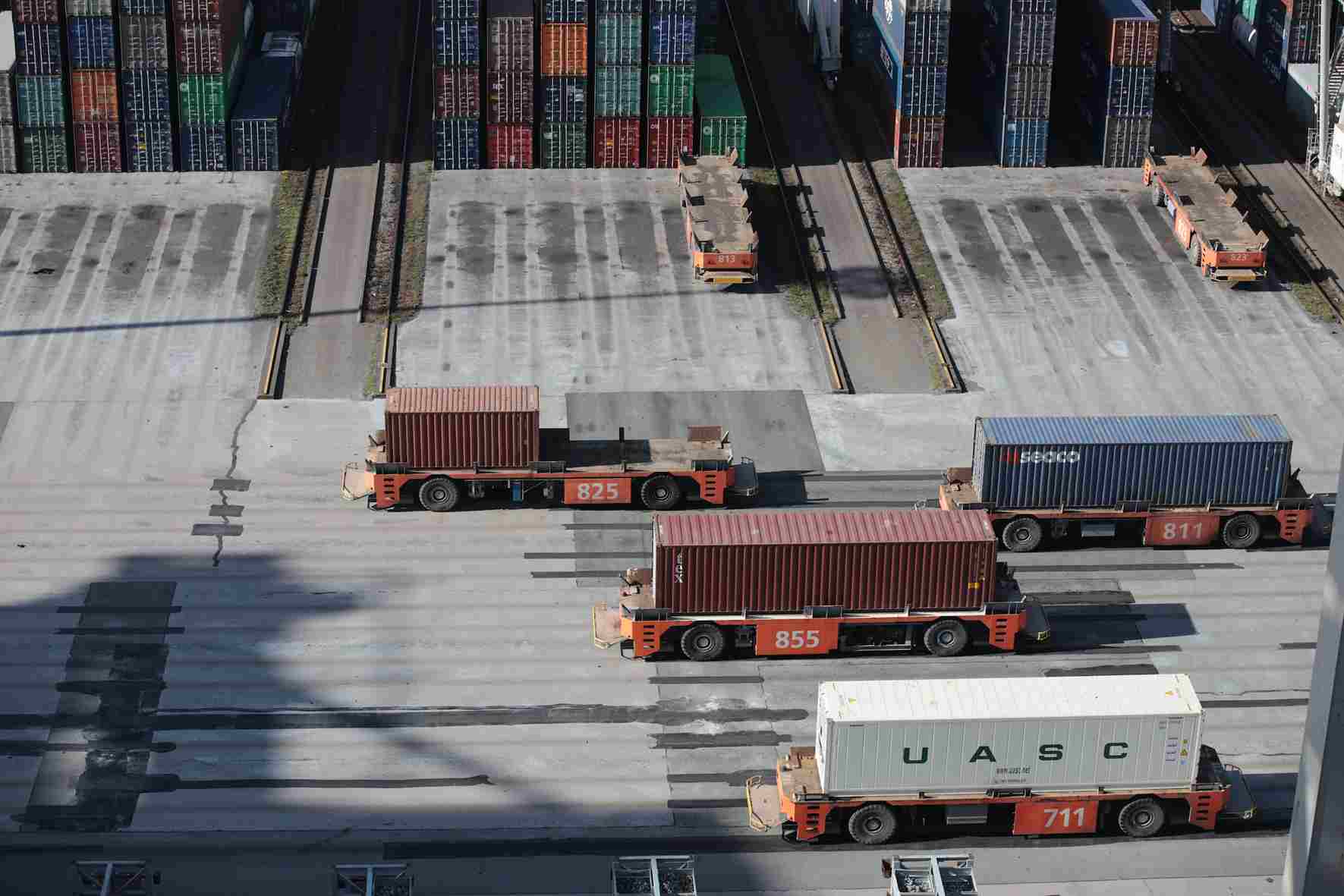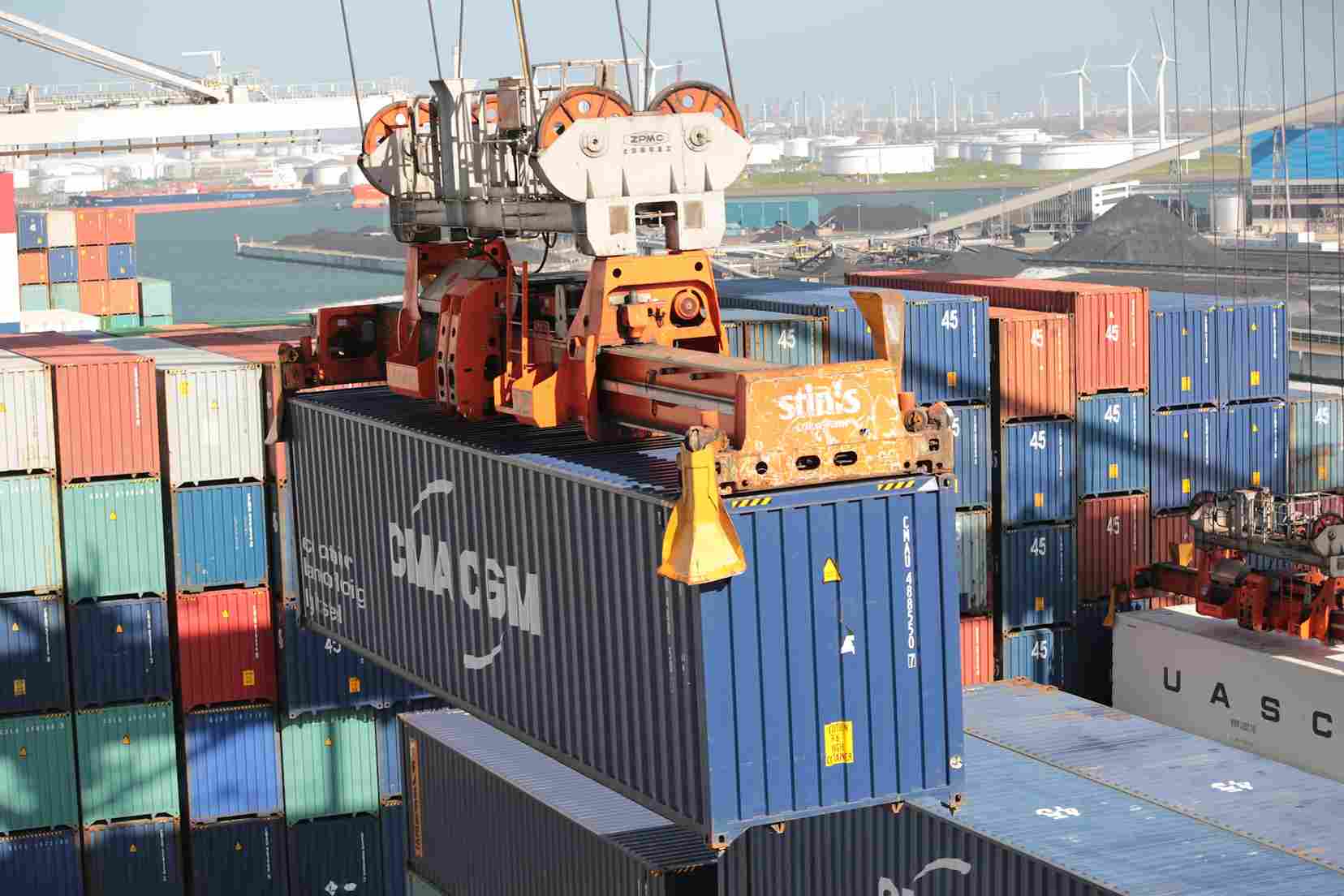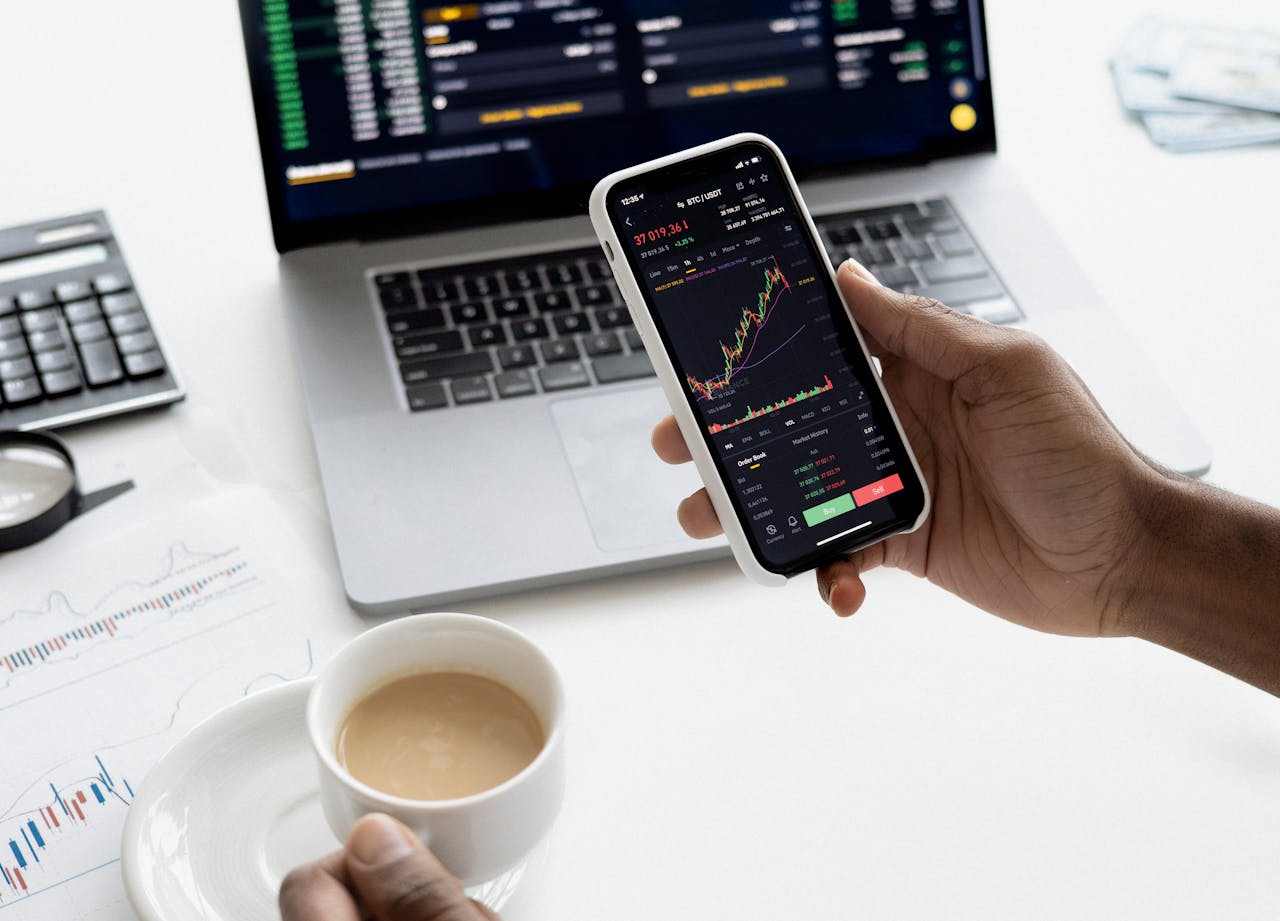

As the Indonesia-Australia Comprehensive Economic Partnership Agreements (IA-CEPA), which was ratified by the Indonesian House of Representatives in February, has entered into force on 5 July 2020, the Indonesian government and industry players are gearing up to boost export of key products to Australia, amid slowing trade during the ongoing COVID-19 crisis.
The Trade Ministry expects a boost in the export of some Indonesian products to Australia, including textiles, electronics, automotive products, communication tools, and fish products, as the trade pact is now in effect.
The secretary-general of The Indonesian Textile Association (API), Rizal Tanzil Rakhman, also stated that IA-CEPA is expected to raise the value of Indonesia’s annual textile export to Australia by 2-7% from the level before the trade deal.

As the pandemic is disrupting global trade, Indonesia’s total export fell 28.95% year-on-year (yoy) to USD10.53 billion in May. While export to major trade partners was mostly down, the country's export to Australia still soared 15.69% yoy to $920 million in the January-May period. The trade deal is also expected to help the post-pandemic economic recovery for the two countries, both in terms of trade and investment.
To support the implementation of the deal, the Indonesian government also issued three new regulations this year, including a finance ministerial regulation on customs tariffs, according to the Trade Ministry.
IA-CEPA was established with the concept of "Economic Powerhouse" which is a collaboration between Indonesia and Australia by utilizing the advantages of each country to target markets in the region or in third countries. The concept is also supported by opening better access and investment protection.
IA-CEPA sets up a framework for Indonesia and Australia to unlock the enormous potential of the bilateral economic partnership and foster economic cooperation between businesses, communities, and individuals between the two countries. IA CEPA also co-exists with Australia's arrangements with Indonesia under the ASEAN-Australia-New Zealand Free Trade Agreement (AANZFTA).

IA-CEPA is expected to further provide Australian and Indonesian businesses an opportunity to expand and diversify this economic partnership. Bilateral trade between Indonesia and Australia was worth US$7.8 billion in 2019, making Indonesia the 13th largest trading partner of Australia.
With the elimination of trade tariffs between the two countries. the Trade Ministry expects a boost in the export of Indonesian products to Australia, especially textiles, automotive products, electronics, fishery products, and communication tools.
As a part of benefits in human resource development from joining IA-CEPA, Indonesia and Australia will also conduct a worker-exchange program. According to the Indonesia Trade Minister, Agus Suparmanto, Indonesian workers in telecommunication, healthcare, tourism, transportation, and other sectors were eligible to join the program with up to 6 months of training and work experience in Australia.
In the first year, the government aims for 100 Indonesian workers to join the program, and the number is expected to gradually increase to 500 within five years. The government will work together with the Indonesian Chamber of Commerce and Industry (Kadin), the Indonesian-Australian Business Council (IABC), and the Indonesian Employers Association (Apindo) for the implementation of this program.

Revolutionizing Finance: An Overview of Digital Lending in Southeast Asia
Digital lending is poised to become the primary revenue driver for digital financial services in Southeast Asia (SEA) by 2025, outpacing digital payments. This growth is fueled by a 33% annual increase in digital lending, supported by technological innovations such as automated loan origination processes and seamless integration of financial services into digital experiences. These advancements have made it easier for consumers to access financing for various needs, including online shopping, travel bookings, and ride-hailing services.

IoT Integration in the SEA Automotive Lubricants Market
The Southeast Asia (SEA) automotive lubricants market is rapidly evolving with the integration of Internet of Things (IoT) technology. This transformation offers significant benefits, creates new opportunities in smart technology, and introduces innovative IoT solutions that can revolutionize the industry.

Embracing Robotization: Challenges and Opportunities in Industry 4.0
Robotization presents challenges and opportunities for businesses and the workforce, requiring companies to embrace this transformation.

Opportunities in the Indonesian Skincare Market
The rapid growth of the Indonesian skincare market presents significant opportunities for the beauty industry. Projections indicate a steady growth trajectory of 4.6% over the next five years, reflecting sustained consumer demand and market expansion. In this article, we will explore the various opportunities that the Indonesian skincare market presents for brands seeking to establish a strong foothold and thrive in this dynamic landscape.